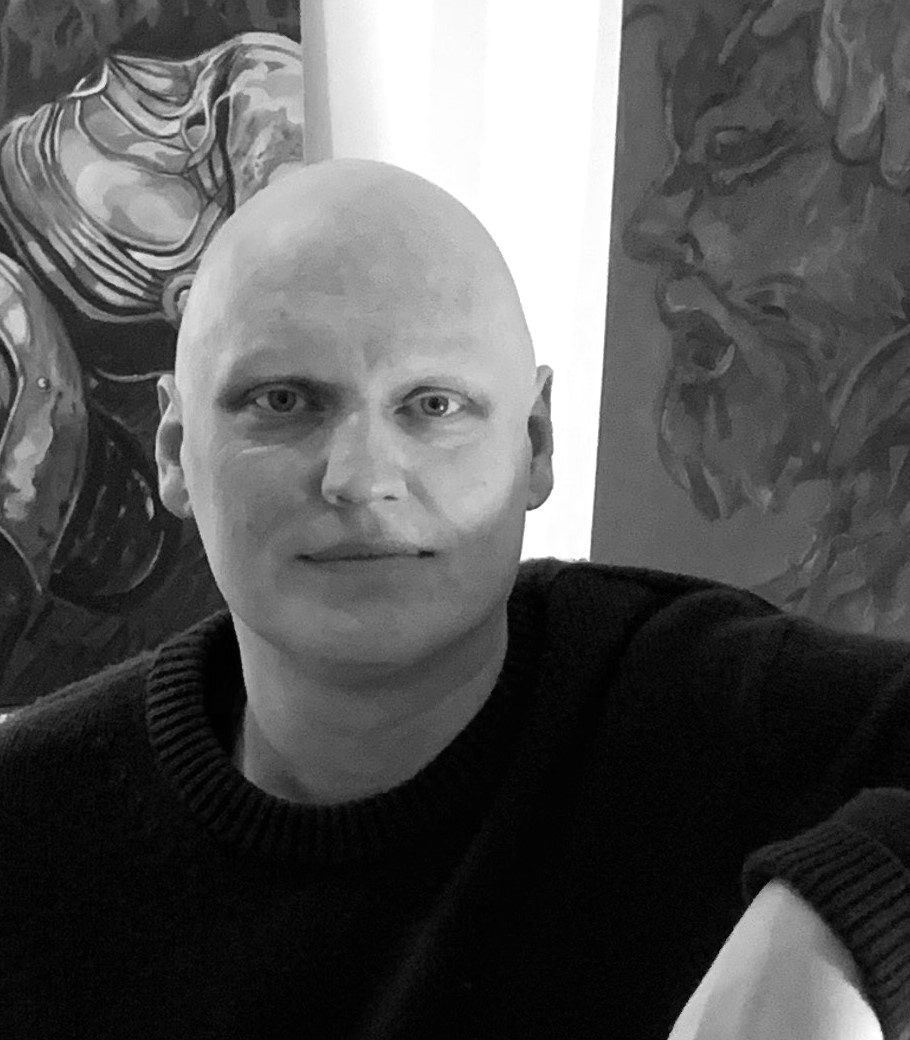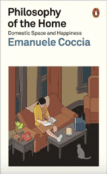In 2012 William Kentridge the internationally acclaimed south African artist famed for his forthright and enduring engagement with social and political issues was invited to a residency at Harvard university; the prestigious Charles Eliot Norton Lectures which along with the residency consists of six lectures delivered by a key artist. Kentridge’s first lecture can be viewed here. and a book which explores the theme discussed is also available, Six Drawing Lessons (2014). Spencer Lee Lenfield in his review of the lectures for the Harvard Magazine captures the atmosphere of the even.
‘The lights dim and an excerpt of one of William Kentridge’s animated films begins. A parade of silhouette puppets marches from the left side of the screen to the right, seen in profile. Bowed over, most carry something on their backs: baskets, guns, bodies, shovels, children. A wordless voice half-sings, half-moans the melody of “What a Friend We Have in Jesus” to the accompaniment of an accordion in the background.’ (Lenfield, 2014)
The gravitas and formality present in the architecture, the huge stage and ample audience is initially reinforced by Kentridge’s presentation: a tall intellectual man, considered, natural in his delivery, Kentridge’s candour is reminiscent of an enlightenment patriarch; however this is wonderfully undercut by his humour and his deconstruction of preformative professorial authority via an analysis of Jacques Rancière’s gestures and body language.
Shadow Procession
The film referred to by Lenfield is Shadow Procession (1999) the piece an animation which is accompanied by a folk rendition of, What a Friend We Have in Jesus consists of figures wearily and doggedly marching from left to right. Ketridge drawing on Plato’s Cave conflates the hapless prisoners of the allegory with the passing guards who bamboozle them with shadows.
Kentridge’s travellers are these shadows they have more dignity than Plato’s wretches, reminiscent of refugees moving on and searching for a place to arrive at which never comes, no utopia or stability but a necessity to cling to some key objects and to move together in hope. This conflation is key and the allogory is a kind of return to base against what Kentrige sees as a totalitarian bent in the certainty of certain thinkers “Plato’s philosopher-king became Robespierre” (Kentridge 2014). Kentridge in his works on this theme and in this lecture attempts to synthesise Socrates lesson in Plato’s Cave with the notion of illusion making; not to trap or to hold in thrall but to thread and suture meaning.
Kentridge begins with a discussion of the allegory of the cave a classic subject in philosophy even breaking through to pop culture to influence the Matrix films among others. Socrates features here as the teacher introducing his student to the hard truths of reality its myriad illusions and debased place holder for those unlucky enough to put themselves in the hands of others accepting their context at face value. We should take some time here to re-familiarise with this allegory in order to grasp what Kentridge is aiming at.
In Praise of Shadows
Plato imagines his teacher Socrates talking to the student Glaucon, in the conversation Socrates employs the allegory of the cave to help his student understand the limits of perception.
The man who arrives at the doors of artistic creation with none of the madness of the Muses would be convinced that technical ability alone was enough to make an artist… what that man creates by means of reason will pale before the art of inspired beings. Plato
Plato held art and creatives in high esteem and it is worth considering his lesson which he credits to Socrates and through this what Kentridge is aiming at in his practice.
Understanding the allegory of the cave is important to creative thinkers since it concerns perception, the way we interpret the people, actions, objects and world in general. Plato’s cave forces us to question what is accepted as reality, how facts are established and how, if ever we can be sure that we understand our own situation.
The Norton Lectures are usually quite somber and serious, but Kentridge took great pleasure in leavening depth with wit and segueing from the silly to the sublime. Spencer Lee Lenfield
The Allegory of the Cave
Inside the cave
Imagine prisoners tied and facing a wall, behind them is a great fire, they have been there since there childhood and are bound in such a way so that they cannot turn their heads to look around. All they can see is the wall before them and the shadows cast on to it by people passing by behind them.
The shadows are the whole world for the prisoners the interplay of these forms make up all possibilities. Socrates suggests the prisoners would take the shadows to be real things and the echoes of passers by to be real sounds, not just reflections of reality, since they are all they had ever seen or heard. They would praise as clever, whoever could best guess which shadow would come next, as someone who understood the nature of the world, and the whole of their society would depend on the shadows on the wall.
Release from the cave
Socrates then supposes that a prisoner is freed and permitted to stand up. If someone were to show him the things that had cast the shadows, he would not recognize them for what they were and could not name them; he would believe the shadows on the wall to be more real than what he sees.
The unexamined life is not worth living. Socrates
“Suppose further,” Socrates says, “that the man was compelled to look at the fire: wouldn’t he be struck blind and try to turn his gaze back toward the shadows, as toward what he can see clearly and hold to be real? What if someone forcibly dragged such a man upward, out of the cave: wouldn’t the man be angry at the one doing this to him? And if dragged all the way out into the sunlight, wouldn’t he be distressed and unable to see “even one of the things now said to be true,”
After some time on the surface, however, the freed prisoner would acclimate. He would see more and more things around him, until he could look upon the Sun. He would understand that the Sun is the “source of the seasons and the years, and is the steward of all things in the visible place, and is in a certain way the cause of all those things he and his companions had been seeing”
Return to the cave
Socrates next asks his student to consider the condition of this man. “Wouldn’t he remember his first home, what passed for wisdom there, and his fellow prisoners, and consider himself happy and them pitiable? And wouldn’t he disdain whatever honours, praises, and prizes were awarded there to the ones who guessed best which shadows followed which? Moreover, were he to return there, wouldn’t he be rather bad at their game, no longer being accustomed to the darkness? Wouldn’t it be said of him that he went up and came back with his eyes corrupted, and that it’s not even worth trying to go up?
Part 2 available 10/10/19.

Michael Eden is a visual artist, researcher and writer at the University of Arts London exploring relationships between monstrosity, subjectivity and landscape representation.



















